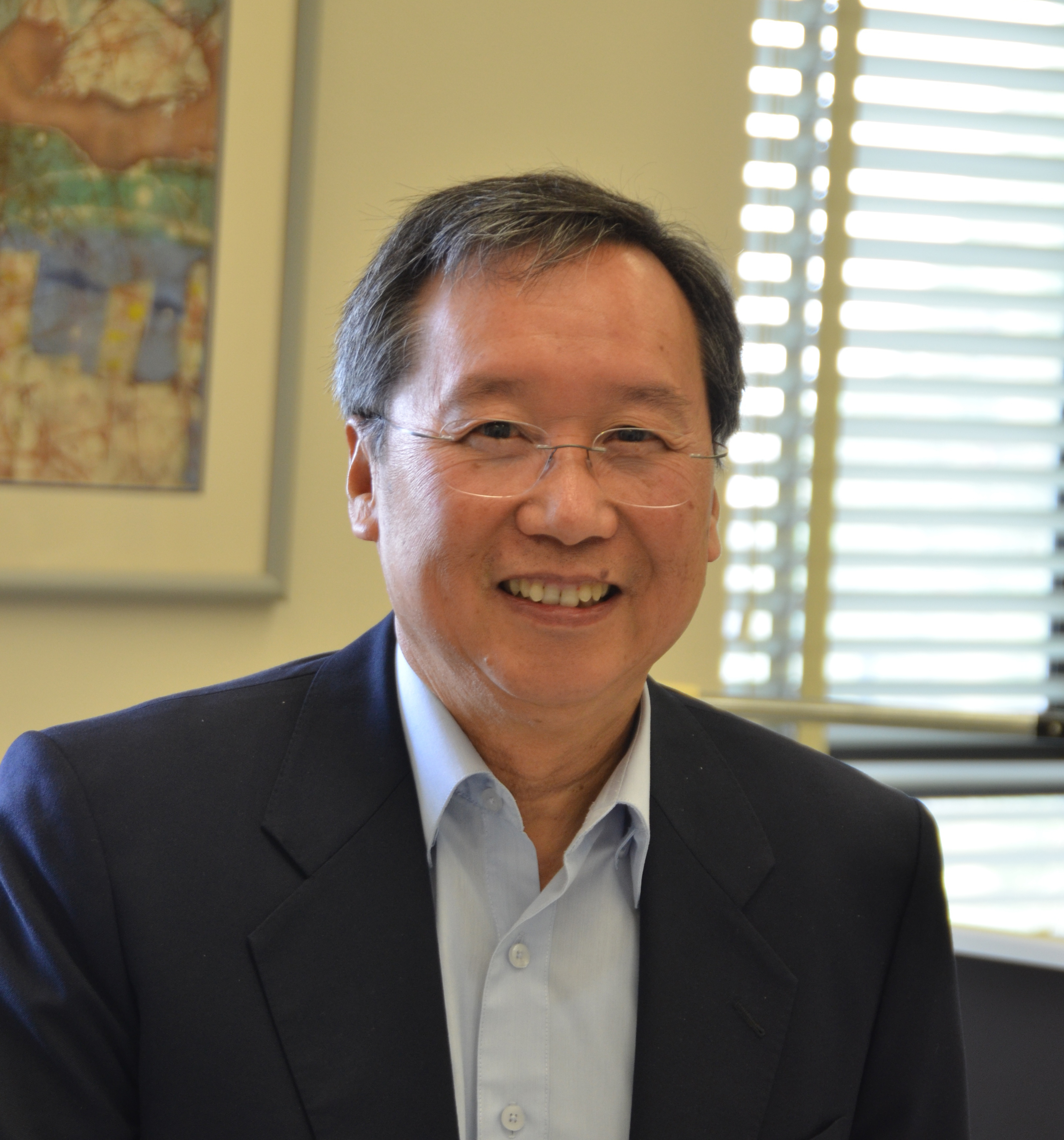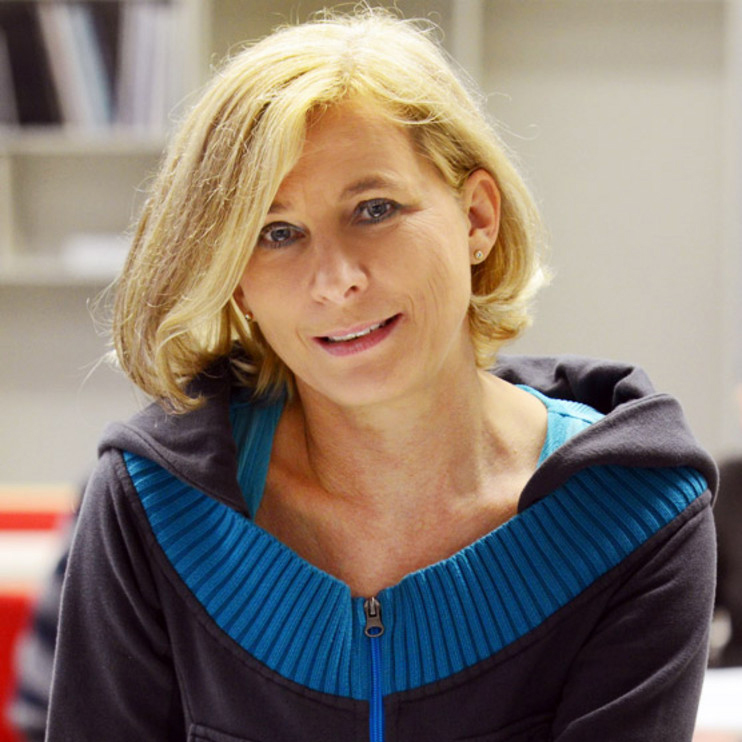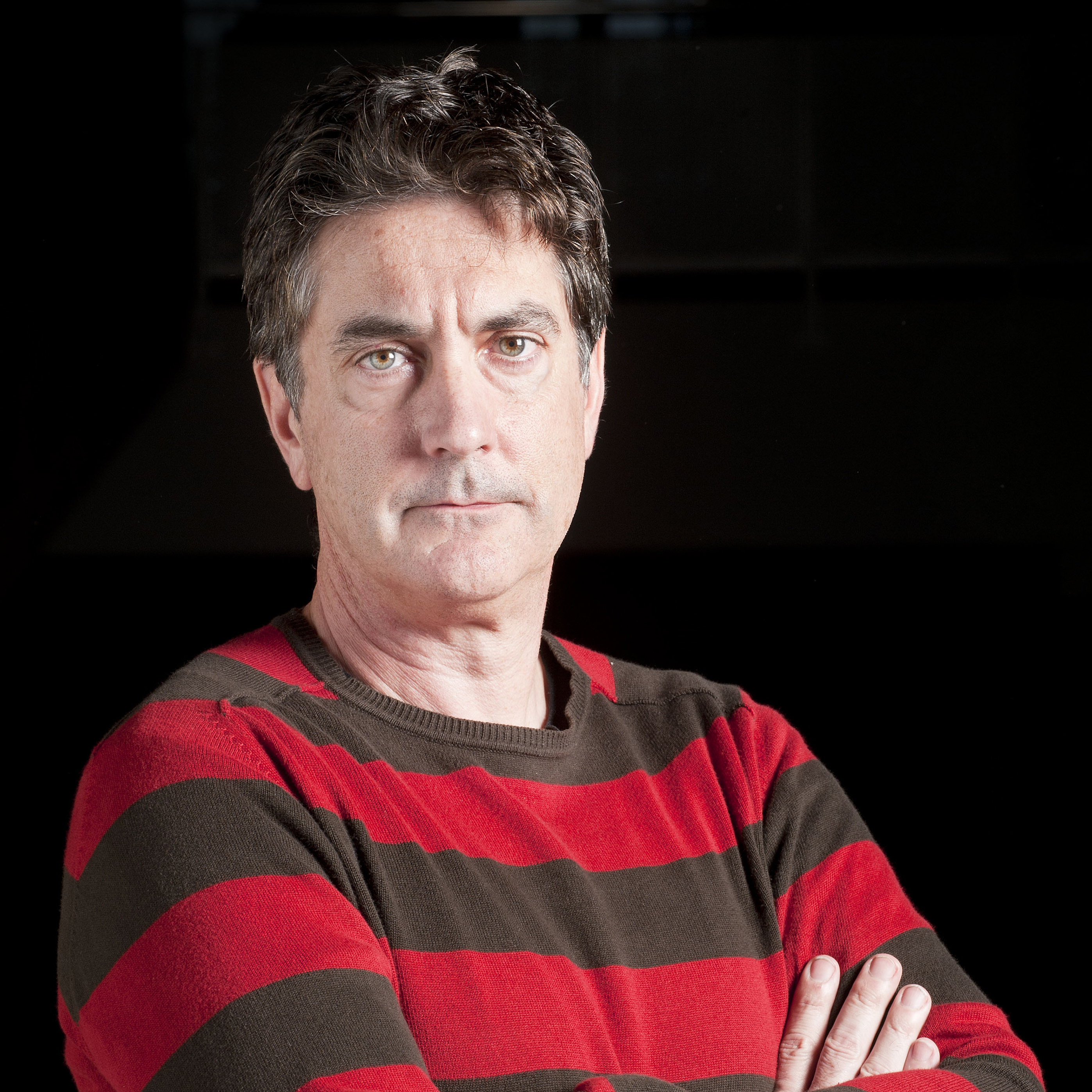Steven G. Louie - University of California at Berkeley and Lawrence Berkeley National Lab
Discovering Nature with Computation: HPC Study of Quantum Interaction Phenomena in Materials
Claudia Draxl - Humboldt-Universität and Fritz Haber Institute, Berlin
Detecting Materials Genes by High-performance Computing and Artificial Intelligence
Modesto Orozco - Institute for Research in Biomedicine, Barcelona
BioExcel Build Blocks and HPC. A test case in CoVID Research
Thursday July 16 2020
Steven G. Louie

Discovering Nature with Computation: HPC Study of Quantum Interaction Phenomena in Materials
Many fascinating phenomena in nature owe their emergence from the interactions of large number of particles. Traditionally, their discovery and understanding are made through experiment and mathematical theory. Computation has increasingly become equally important as a third pillar in such studies. In this talk, I will discuss recent progress in use of HPC to compute and understand novel quantum phenomena in materials, especially those of excited states that are of importance in energy conversion, transport and storage. Many-electron interactions are dominant in many of these phenomena/properties. The Center for Computational Study of Excited-State Phenomena in Energy Materials (C2SEPEM) is a DOE funded center with the mission of developing new concepts, methods and software for excited-state phenomena using ab initio quantum many-body perturbation theory. I will present some of our recent accomplishments and future challenges in this effort.
Professor Louie received his Ph.D. in physics from University of California at Berkeley (UC Berkeley) in 1976. After having worked at the IBM Watson Research Center, Bell Labs, and U of Penn, he joined the UC Berkeley faculty in 1980, where he is professor of physics and concurrently senior faculty scientist at the Lawrence Berkeley National Lab. He is a member of the National Academy of Sciences, the American Academy of Arts & Sciences, and the Academia Sinica (Taiwan), as well as a fellow of the American Physical Society (APS), the American Association for the Advancement of Science, and the Materials Research Society (MRS). Among his honors, he is recipient of the APS Aneesur Rahman Prize for Computational Physics, the APS Davisson-Germer Prize in Surface Physics, the MRS Materials Theory Award, the Foresight Institute Richard P. Feynman Prize in Nanotechnology, the Department of Energy Award for Sustained Outstanding Research in Solid State Physics, as well as Jubilee Professor of the Chalmers University of Technology and H. C. Ørsted Lecturer of the Technical University of Denmark. Professor Louie’s research spans a broad spectrum of topics in theoretical condensed matter physics and nanoscience. He is known for his groundbreaking work on the ab initio GW method and for his contributions to surfaces and interfaces, nanostructures, and reduced-dimensional systems.
<
Claudia Draxl

Detecting Materials Genes by High-performance Computing and Artificial Intelligence
Research data paired with Artificial Intelligence (AI) enable a new level, a new quality of science. The ultimate goal in our research domain is to predict novel candidate materials for a given application, possibly even in regions of the materials space that no-one would think of. A real breakthrough is, however, only possible if a few key prerequisites are brought together: Big Data – the relevant data – reliable data – novel AI tools with predictive power, all combined in a FAIR data sharing platform. In 2014, the Novel Materials Discovery (NOMAD) Laboratory set out to make this happen, and I’ll review where we are on this road.
Claudia Draxl is Einstein Professor at the Humboldt-Universität zu Berlin, Germany, and Max-Planck Fellow at the Max Planck Graduate Center for Quantum Materials. Her research covers theoretical concepts and methodology of ab initio computational materials science. She is developer of the all-electron full-potential package exciting, implementing density-functional theory and methods beyond, with a focus on theoretical spectroscopy. Actual research projects concern organic/inorganic hybrid structures, wide-gap oxides, thermoelectricity, solar-cell materials, film growth, and more. She is a founder of the NOMAD Laboratory (https://nomad-lab.eu) and the association FAIR-DI (https://fair-di.eu). Based on this open-access data infrastructure, her data-driven research aims at finding structure in Big Data of materials science.
Modesto Orozco

BioExcel Build Blocks and HPC. A test case in CoVID Research
We have developed a workflow technology especially developed for HPC which allows an efficient use of supercomputers in real biological problems. The method, developed within the BioExcel center of Excellence has been applied to study interplay between SARS-COV-2 genetic variability and infection and the zoonotic transmission of the virus. I will summarize the main characteristics of our BioBB-Pycommps implementation and the knowledge gained on the viral genomics
Modesto Orozco is Director of the Integrative Biology Program at the Institute for Research in Biomedicine, Barcelona, and of the Joint IRB-BSC Research Program in Computational Biology.
He acts as a consultant for scientific bodies in Spain and Europe, and is the Founder and President of Nostrum Biodiscovery a Biotech Company devoted to rational drug design. Prof. Orozco has been, or is advisor for several biotech and pharmaceutical companies, among others: Lab. Uriach, Lab. Almirall, Lab. Salvat, Pfizer Inc., Boehringer Ing., Kraft Pharm., Lab. Palau Pharma, Amgen Inc., and Nurix Inc. He is the recipient of an advanced ERC grant, and coordinator of H2020 projects in the domain of biosimulations.
His main interest is the understanding of biological systems from first principles. Topics of specific focus include the understanding of the mechanism of flexibility and signal transduction in proteins and the connection between physical properties of nucleic acids and their function, with special emphasis in the study of chromatin. He also contributes to the development of the Self-Consistent Reaction Field method to account for polarization, and is a developer of QM/MM approaches for large systems.
Q & A

 About
About
